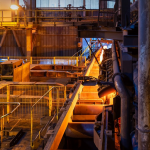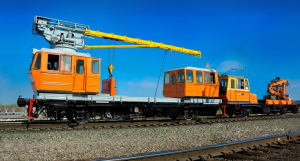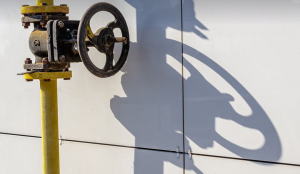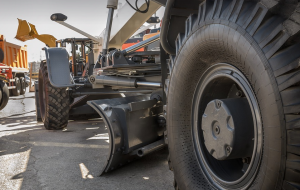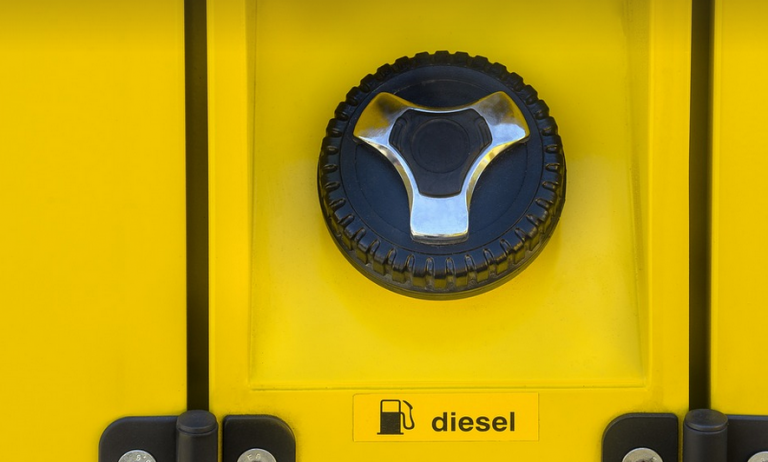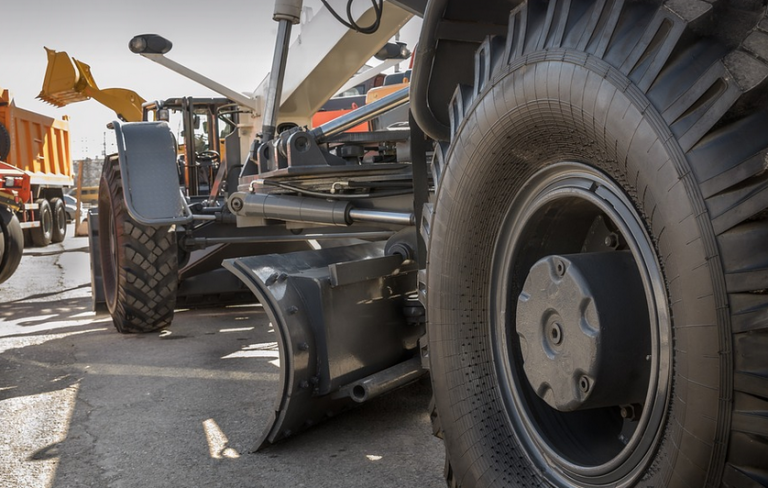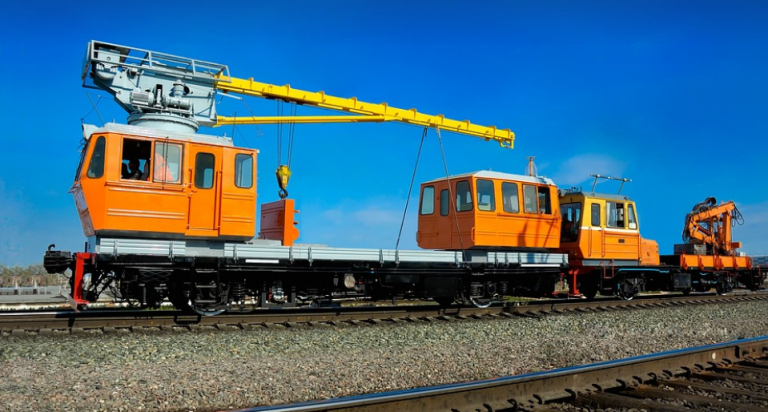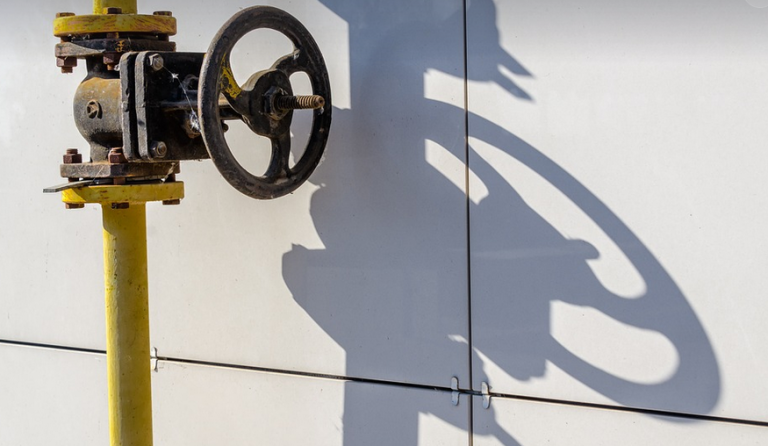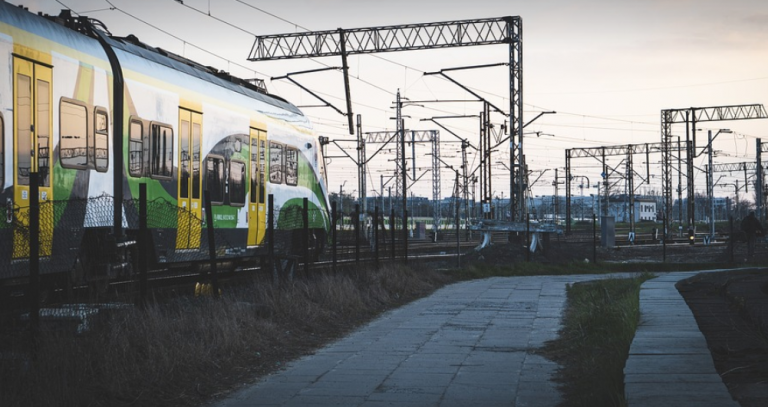A Welders’ Nightmare? Understanding the Dangers of Skin Burn Injuries
Welding is a skilled profession that involves working with intense heat and high-voltage electricity to join metals. While rewarding, this job comes with inherent dangers, one of which is the risk of skin burns.
Burns are an unfortunate reality of welding work. These injuries can range from minor discomfort to severe damage requiring extensive medical attention. The severity of a burn depends on several factors, including the type and duration of exposure to heat, the depth of the wound, and individual skin sensitivity. Understanding these risks and potential consequences is crucial for all welders.
Why Welding Burns Happen
The most common cause of welding burns is direct contact with the intense heat from welding equipment like arc torches or MIG/TIG welders. These high-energy sources generate temperatures exceeding 1000 degrees Fahrenheit, capable of instantly melting metal and setting skin on fire.
Another significant risk factor is splatter. When molten metals and chemicals come into contact with the body during welding, they can cause severe burns. Spatter can be propelled at high speeds from sources like grinding wheels or torch work, and its heat and chemical potential are enormous.
The severity of a burn is determined by several factors. A superficial burn affects only the outer layer of skin, causing redness and pain. A deep burn penetrates through multiple layers and can damage muscle, tendons, and bones. In severe cases, burns can even lead to tissue loss and infections.
Recognizing the Signs: The First-Aid Plan for Burns
Identifying a welding burn is crucial for proper treatment and minimizing further damage. A burned area may exhibit several characteristics:
- Redness or discoloration
- Pain or sensitivity to touch
- Blisters or swelling
- Charring of skin (blackened areas)
- Open wounds that ooze fluid.
It is important to note that not all burns are immediately apparent. Delayed symptoms can arise from complications like infection, which could require immediate medical attention.
First-Aid Essentials: Handling Burns Safely
First-aid for welding burns requires prompt action and proper procedure. Immediate steps include:
- Remove any clothing or jewelry that may be trapped near the burn area.
- Immediately cool the burn with cool (not ice cold) running water for at least 10 minutes.
- Cover the burn with a sterile, non-adhesive dressing to prevent infection and protect it from further damage.
While dealing with burns can be stressful, these initial steps need to be taken swiftly. Remember, delaying critical first aid can worsen injuries.
A Doctor’s Expertise: Seeking Immediate Medical Care
After administering immediate first aid and ensuring the burn is protected, it’s essential to seek medical attention for severe burns or those that extend deeper than the initial layer of skin. Consulting a doctor will ensure proper evaluation and treatment.
A doctor specializing in burn care can assess the extent of the injury, determine potential complications like infection or tissue loss, and advise on the most effective course of action.
Prevention: Staying Safe with Welding
Preventing welding burns is a top priority for every welder. Understanding the risks allows for proactive measures to minimize injuries. Here’s how:
- **Proper Protective Gear:** Always wear appropriate welding gear like gloves, long-sleeve shirts, and safety goggles. This helps shield you from direct contact with hot metals and harmful splatter.
- **Working in Safe Environments:** Ensure adequate ventilation to prevent exposure to fumes and smoke from welding practices.
- **Regular Training:** Regular training on safe welding techniques and proper use of equipment helps minimize the risks of burns.
- **Maintain Equipment:** Welding equipment should be inspected regularly for any damage or wear, which can contribute to heat buildup and potential risk.
By following these preventive measures, welders can significantly reduce the threat of burns and ensure a safer work environment. Remember, safety is paramount in welding, and prioritizing it leads to better outcomes for all involved.




